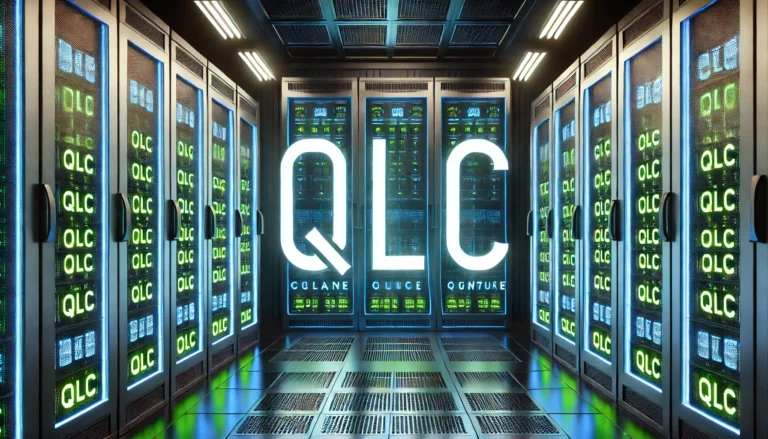Data center operators are aiming to optimize all areas of compute and storage inside their limited spaces. Meta sees an opportunity for QLC flash to provide a “middle tier” between the more expensive TLC solutions and the venerable HDD.
HDDs face a problem: while capacity continues to increase, bandwidth per terabyte has decreased. Meta concludes that TLC flash is already being deployed to provide more breathing room and performance, taking care of “hot” (frequently used) data duties. In contrast, QLC flash was still too expensive and fragile to take over the role of HDDs as mass storage devices. That is not necessarily changing anytime soon, but there is a niche to be found for QLC, according to Meta.
QLC is still accelerating
The stagnation of HDD performance makes QLC an increasingly attractive prospect for a subset of storage tasks. Speeds between 10 and 20 MB/s/TB are especially good fits for QLC flash, which does not carry the price tag of TLC and is still improving, meaning it can take over some workloads that aren’t in need of TLC’s full capabilities. The first pieces of silicon of NAND flash with 2Tb of QLC storage provide density that is starting to make sense within data centers. “We expect QLC SSD density will scale much higher than TLC SSD density in the near-term and long-term,” Meta said. QLC will be able to be rolled out with relatively low consumption, since the data will not be accessed continuously like the kind of workload that’s a good fit for TLC.
Interestingly, Meta is looking at multiple QLC solutions in collaboration with its partner Pure Storage. In addition to DirectFlash Module (DFM) and associated software, the company says it is also consulting NAND vendors for standard NVMe drives with QLC flash on them.
Not really ready yet
Despite the positive sounds, Meta is still somewhat cautious. “While today QLC is lower in cost than TLC, it is not yet price competitive enough for a broader deployment,” it states. Still, it sees opportunities that, especially with form factors that fit QLC and not TLC, will eventually make QLC useful in the data center after all.
